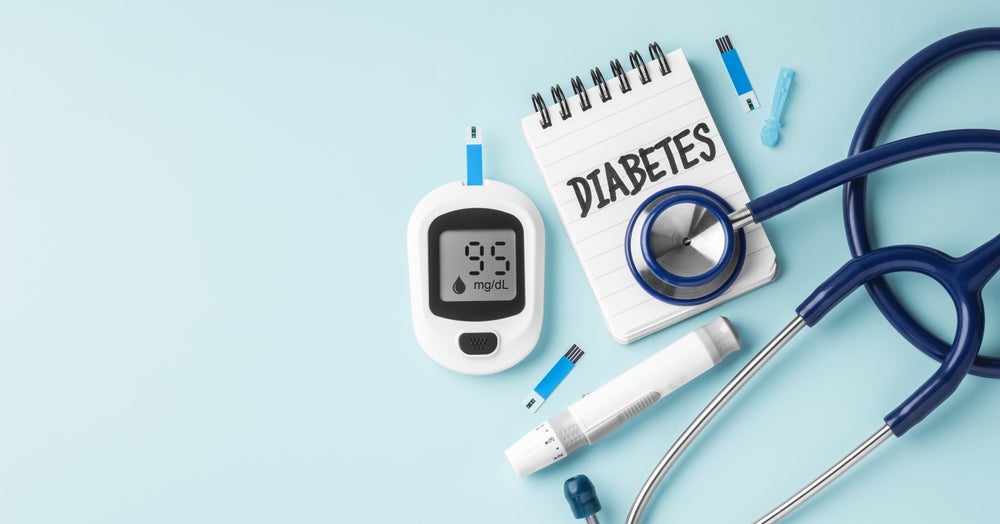At the American Heart Association’s (AHA) 2024 Annual Scientific Sessions, which took place from 16 November to 18 November in Chicago, Ilinois, Eli Lilly and Boehringer Ingelheim presented the results from their study evaluating the risk of cardiovascular (CV) outcomes in patients with type 2 diabetes (T2D) initiated on baseline glucagon-like peptide-1 receptor agonist (GLP-1RA) therapy with added empagliflozin, compared to those that had added sulfonylureas (SUs) instead.
Empagliflozin and GLP-1RA have both previously demonstrated CV benefits in clinical trials, but only a few trials have investigated a combination of the two therapies and there is limited evidence to suggest whether adding a sodium-glucose co-transporter 2-inhibitor (SGLT-2I) such as empagliflozin to GLP-1RA therapy has improved efficacy for beneficial CV outcomes. The study, conducted by Htoo and Paik and colleagues (2024), used several data sets (Medicare, Optum and Marketscan) to identify patients aged 18 and older with T2D initiating GLP-1RA that then had empagliflozin or SU added on. The follow-up date was established as the date of additional therapy and continued until either drug was discontinued, a gap in insurance coverage, death or study completion.
Following propensity score standardised mortality ratio weighting adjustment for 98 covariates, hazard ratios and rate differences were estimated per 1000 person-years evaluating a composite of myocardial infarction (MI) or stroke, hospitalisation for heart failure (HHF), or all-cause death in the overall population and in patients with a history of CV disease. The study identified 27,92 patients initiating GLP-1RA + empagliflozin versus 25,317 patients initiating GLP1-RA + SU. Following weighting, relative to the patients initiating GLP-1RA + SU, those initiating GLP-1RA + empagliflozin had lower risks of MI or stroke [HR 0.70 (0.55, 0.90); RD: -4.3 (-6.6, -2.0)]; HHF in the primary hospital discharge position [HR: 0.59 (0.43, 0.81); RD: -3.9 (-5.8, -2.1)]; HHF in any discharge position [HR: 0.84 (0.72, 0.98); RD: -7.6 (-11.6, -3.6)]; and all-cause death [HR: 0.83 (0.62, 1.11); RD: -1.3 (-3.2, 0.56)].
The study was able to demonstrate that patients with T2D initiating GLP-1RA who added empagliflozin had lower risks of MI or stroke, HHF and death compared to adding SU, which suggests a significant additive CV benefit when combining GLP-1RA and empagliflozin therapies. There is proven efficacy for SGLT-2I therapies to reduce the risk of heart failure (and improve outcomes in HF patients) and this study clearly demonstrates the benefit of adding them onto GLP-1RA therapy, leading to a strengthening of the market positioning that both GLP-1RA and SGLT-2I therapies already occupy across the type 2 diabetes (T2D) and HF markets.
GlobalData predicts that with the significant potential that the two therapies have demonstrated for treating an array of common metabolic disorders, this study and similar such studies will increase the market uptake, and prescribing rate, for the therapy for patients with HF and T2D and potentially in further areas such as cardio-renal syndrome and even chronic kidney disease.

US Tariffs are shifting - will you react or anticipate?
Don’t let policy changes catch you off guard. Stay proactive with real-time data and expert analysis.
By GlobalData





